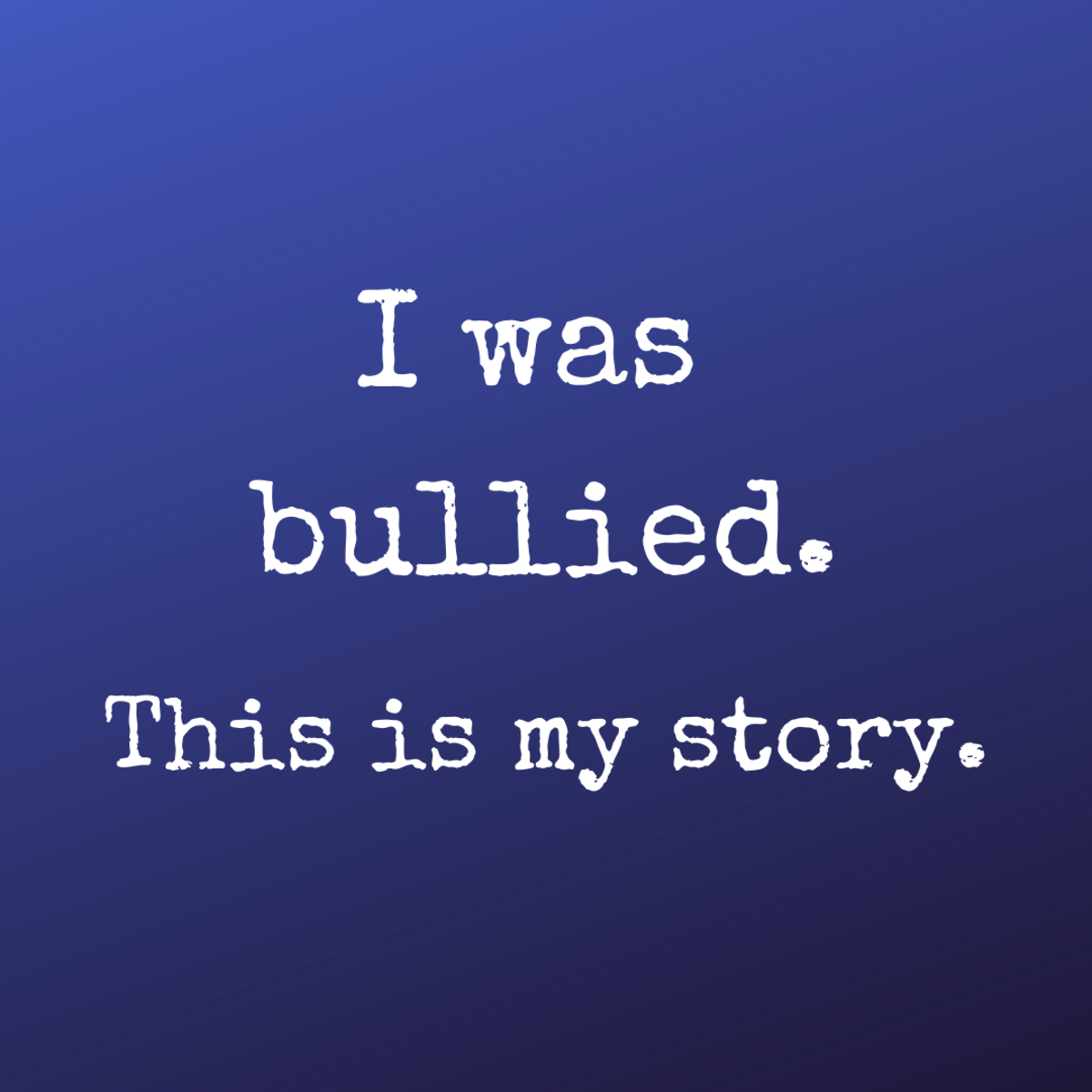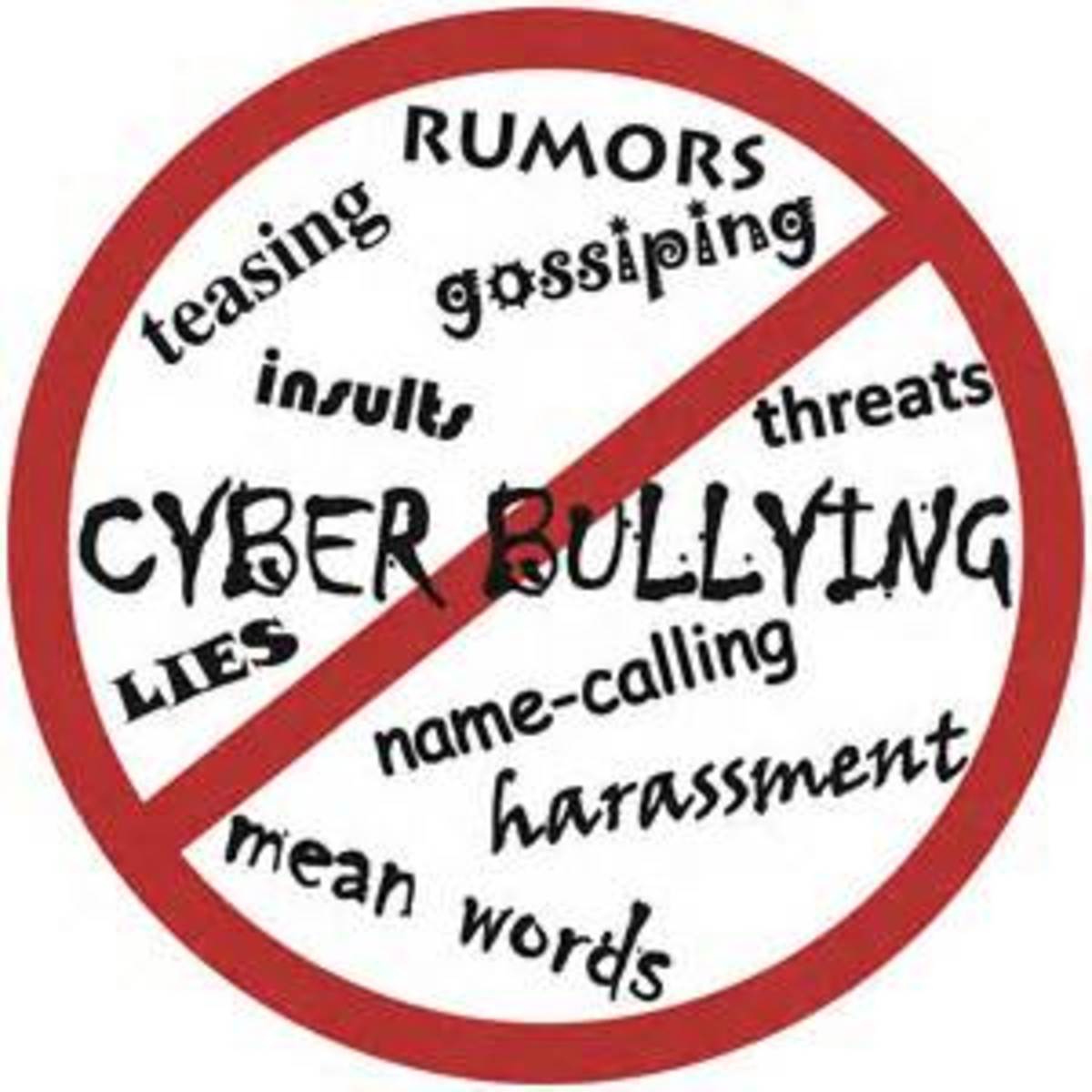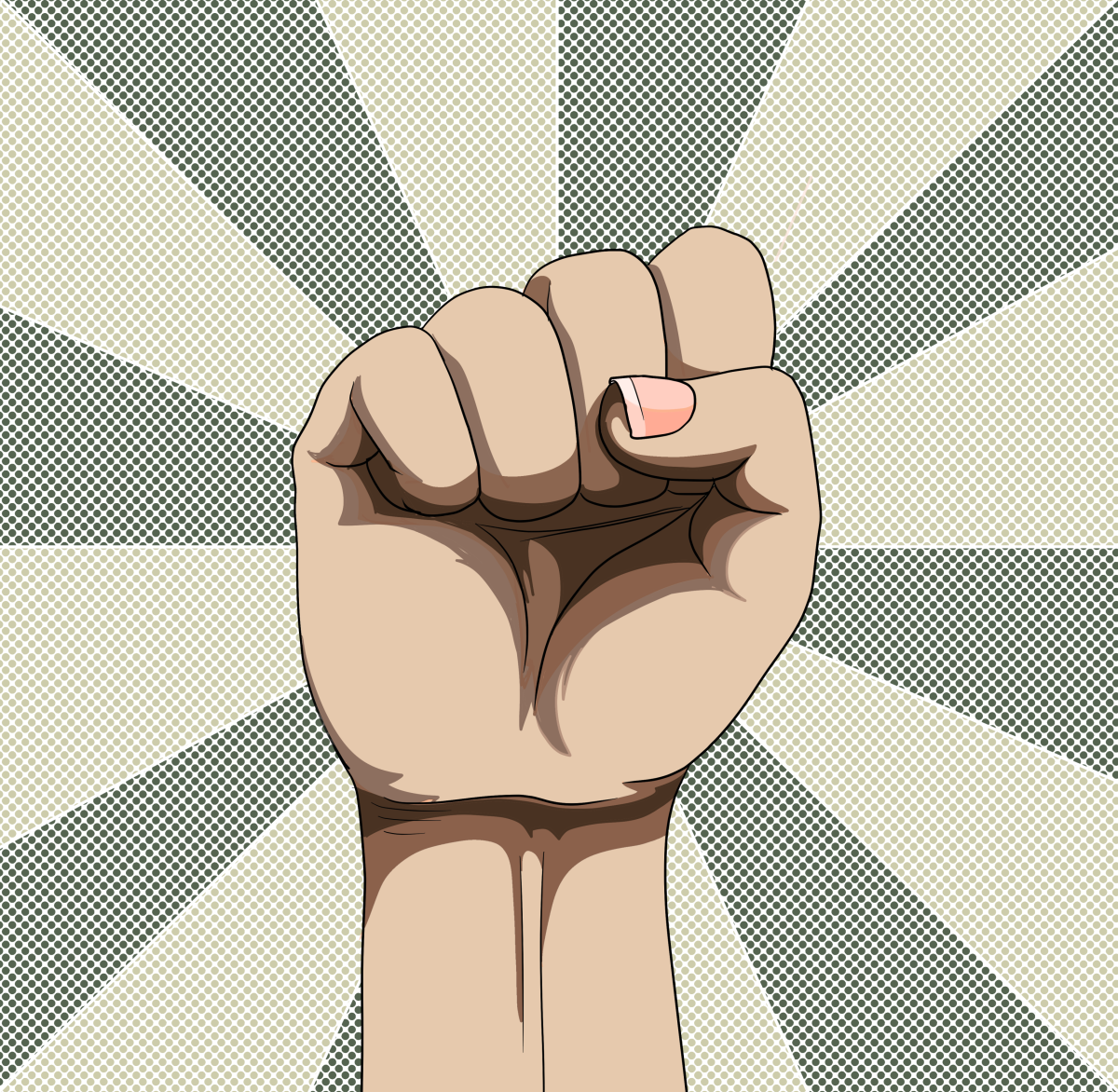Being Bullied versus Being Shunned

In contemporary society, the topic of bullying is heard with greater frequency. Although bullying was once a topic typically associated with young people, the topic is becoming more frequent. Bullying is the label associated with threatening and intimidating others. The threat may be verbal or physical. Intimidating includes threats, name calling and belittling of others. Some attacks are directed to you or your attributes. These types of attacks are generally called ‘personal attacks’.
Bullying is no longer limited to face to face interactions. With greater frequency, threats, name calling and threats are made using social networks. Bully attacks are also seen on comment pages and editorial pages of newspapers or news sites. The bullying may be in the form of direct personal attacks or indirect attacks. One of the ways indirect attacks are made includes indirect methods. These attacks include making global statements about their intelligence level, their ethnic group or where they are from.
Threats to inflict damage either directly or indirectly remain threats. Some threats may be inflicted indirectly. An indirect threat may be against your property. The bully may intentionally damage your property as a way of sending a message to you about their displeasure.
Some bullies resort to using lawyers and threats of legal action as a way of intimidating others. These bullies often hide their actions behind self-righteousness. They use threats, yet by hiding their threats behind wanting ‘justice’ or ‘setting things right’ they do not see their bully behavior.
Shunning is a behavior and attitude used as part of good manners. Shunning consisted of avoiding or intentionally not interacting with certain individuals. Shunning is an acceptable way of censuring or showing disapproval. Shunning does not involve threats or put downs. With a shun, the person shunning is choosing to not associate with a person or persons.
Shunning was also a means of discipline. When someone committed acts that were deemed unacceptable, they were often shunned. Those who were shunned were not talked to or interacted with. In modern society, shunning is viewed by some as being insensitive and cruel.
When you are shunned, you were expected to accept your shunning without argument. When shunned you are not supposed to react with verbal attacks. Although you may dislike what is being done, it was considered bad manners to argue with everyone shunning you.
Shunning can be hard for some people to take. Some of those being shunned try to pick fights with those shunning them. The shunned person may complain to others and attempt getting others to force those shunning to interact with the shunned person. When outside forces intervene, the shunning may be interrupted behaviorally, yet the attitude remained. Such interventions did not address the cause of the shunning.
Shunning is an exercise of free association. You can choose who you associate with and who you do not want to associate with. The liberty of free association is an important right. This right, by extension is often the foundation of protests when large groups choose not to patronize business establishment. The choosing to patronize a particular business is also an exercise of free association.
Shunning is also an important part of social media. It is totally proper choosing not to accept a friend request or follower. Although some people may take offense at it, the choosing who you associate with and who you do not want to associate with remains an important way of protecting yourself from bullies and unacceptable behaviors. Some bullies have learned to use leverage and intimidation in getting you to let them into your inner world. Once they are in your inner world, they begin their bullying routine.









